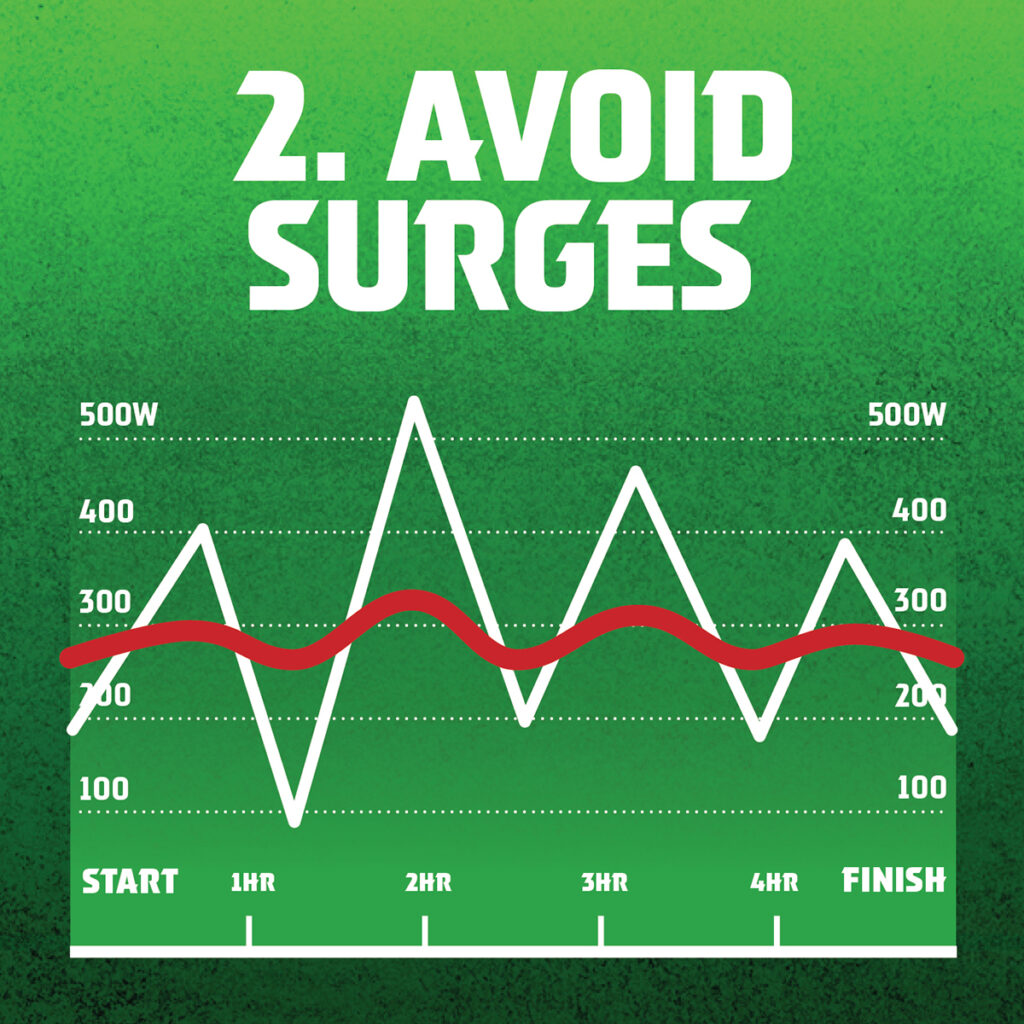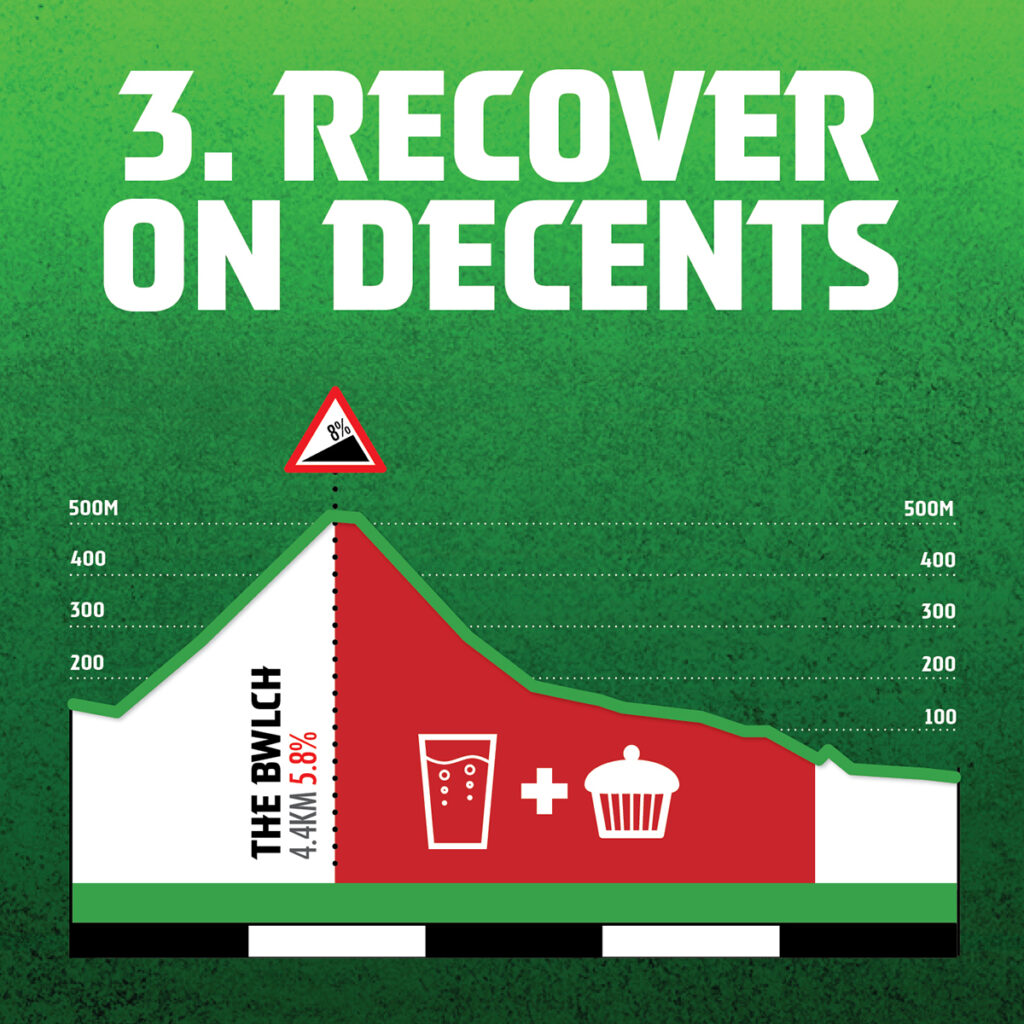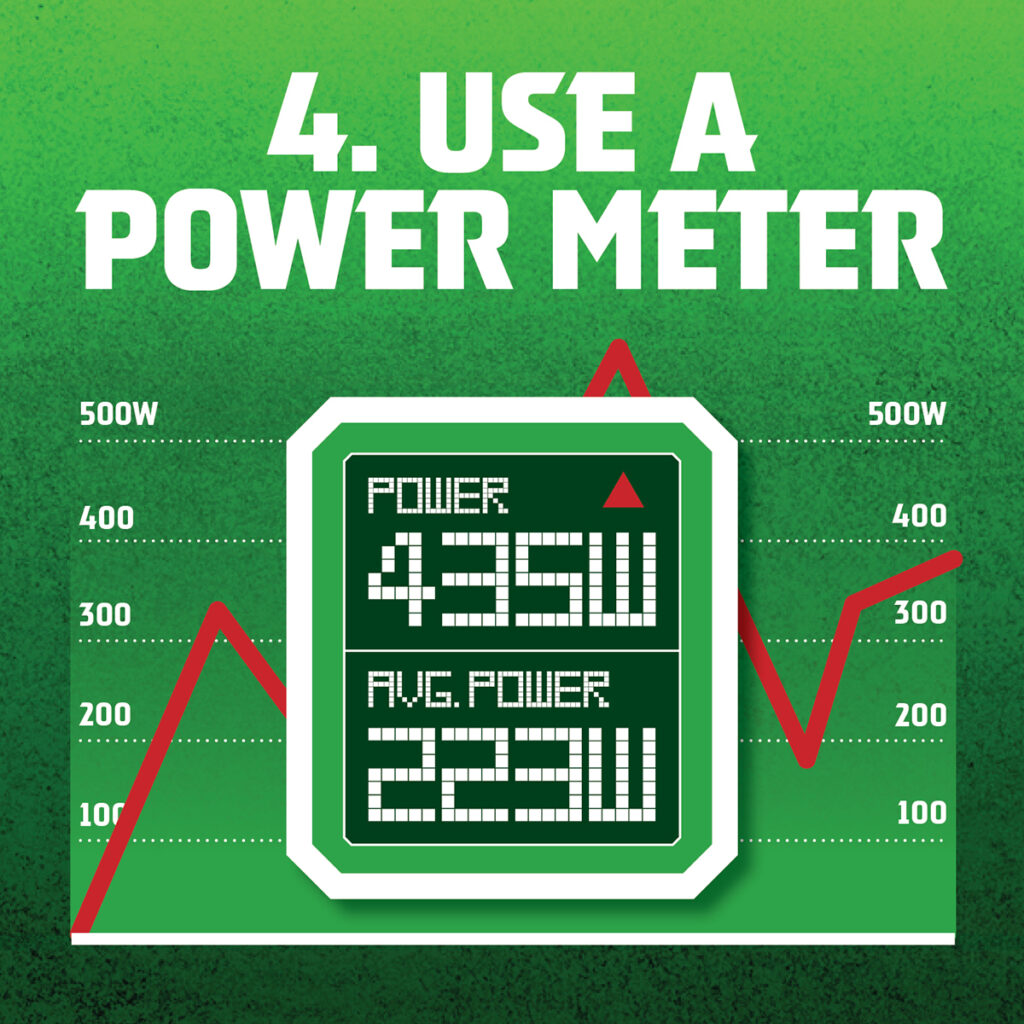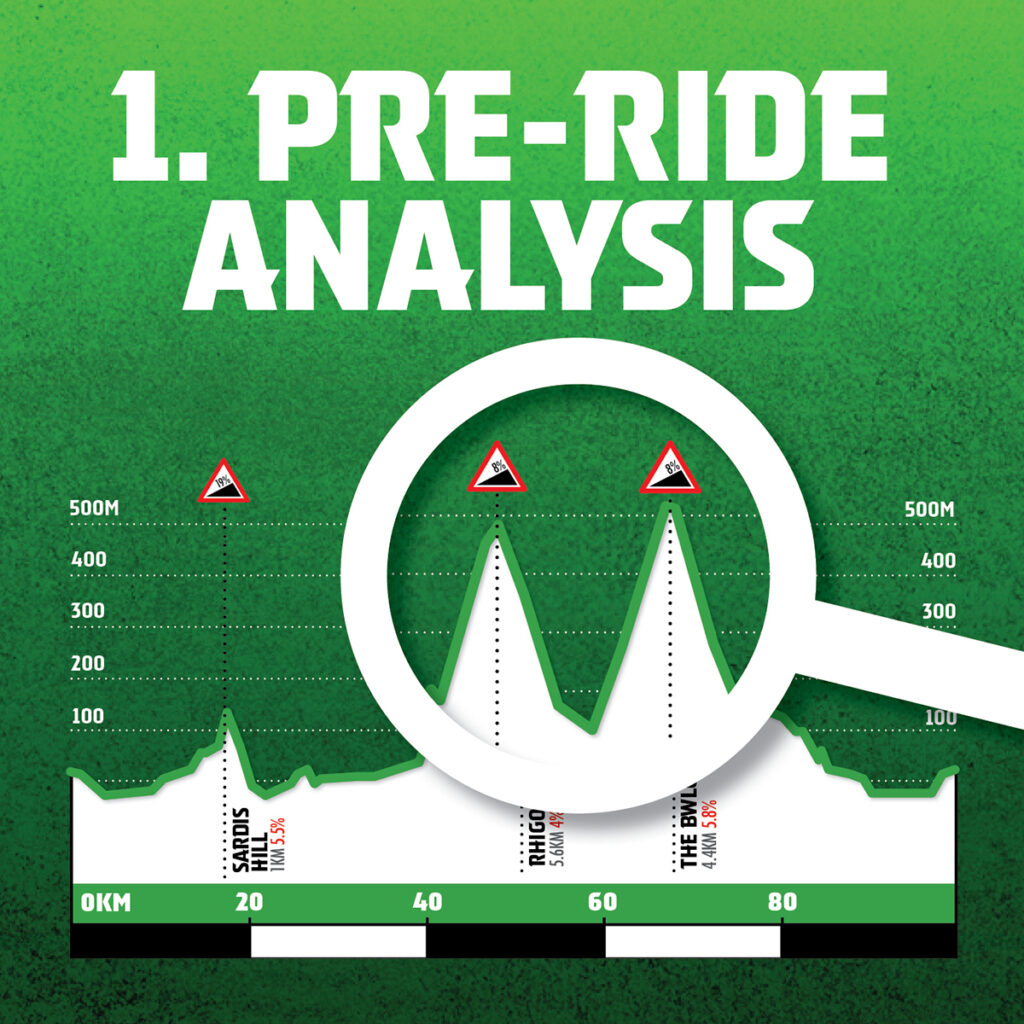Mastering Pacing and Effort at the Dragon Ride
By Ed Laverack
Cycling through mountainous terrain is a test of endurance, strength, and strategy. One of the key elements to conquer such events is mastering the art of pacing and power/heart rate/effort distribution. Knowing how to manage your energy, especially by riding below your functional threshold power (FTP), can make the difference between a triumphant finish and a painful struggle. Here’s a guide on how to manage your effort.
Understanding your limits and Functional Threshold Power (FTP)
Before diving into pacing strategies, it’s crucial to understand what FTP is. FTP represents the highest power output you can sustain for around 30-75min without fatigue overwhelming you. It’s a critical metric for training and events because it helps you gauge your capacity and set realistic expectations for your performance. From the previous articles you would have learned how to extend your time to exhaustion at FTP. Improving your tolerance to riding at or just below this effort level and giving yourself a better chance at managing your effort come event day.
The importance of riding within yourself
While FTP is a measure of your maximum sustainable effort, consistently riding at or above this level during a mountainous event is unsustainable. This is one of the major reasons people hit the wall, along with poor nutrition. The key is to ride below your FTP, allowing for endurance, recovery, and adaptability to the changing terrain. Here’s why:
Energy Conservation: Riding below FTP ensures you have enough energy reserves for the entire event, particularly for the demanding climbs, providing you fuel correctly.
Recovery: It provides opportunities for micro-recoveries, which are crucial when facing repeated ascents.
Sustainability: It prevents early burnout, enabling you to maintain a steady pace and perform well over longer distances.
Strategies for Effective Pacing and Energy Distribution
Do a pre-ride analysis. Study the course profile to understand where the climbs, descents, and flat sections are. Break down the course into segments and plan your power output for each section. You should have a rough effort level to aim for different length climbs.

Begin each climb at a effort level slightly below your planned climbing pace. This helps in adjusting to the gradient without spiking your effort.
Maintain a steady effort output. Avoid surges which can lead to fatigue and larger amounts of lactate build-up. Increase your effort slightly on steeper sections but ensure it’s still below your FTP, unless the climb is less than 5 minutes.

Use descents to recover, refuel, find someone to ride with and to check in with yourself. On flat sections, ride at a sustainable pace that is below your FTP, but ideally if you can find a group to ride with you will be better off. Especially for the first few miles.

Use a power meter to monitor your power output continuously. This tool is invaluable for maintaining the right effort levels. Alongside power data, track your heart rate to ensure you’re not over-exerting. Be responsive to your body’s feedback. If you feel fatigued, reduce your power output to recover.
Conclusion
Getting the most out of your day at the Dragon ride is all about balancing effort, conserving energy, and having a strategy. With thoughtful planning, diligent monitoring, and responsive adjustments, you can achieve a performance that maximises your potential while enjoying the challenging roads through the South Wales mountains that the Dragon ride provides.

